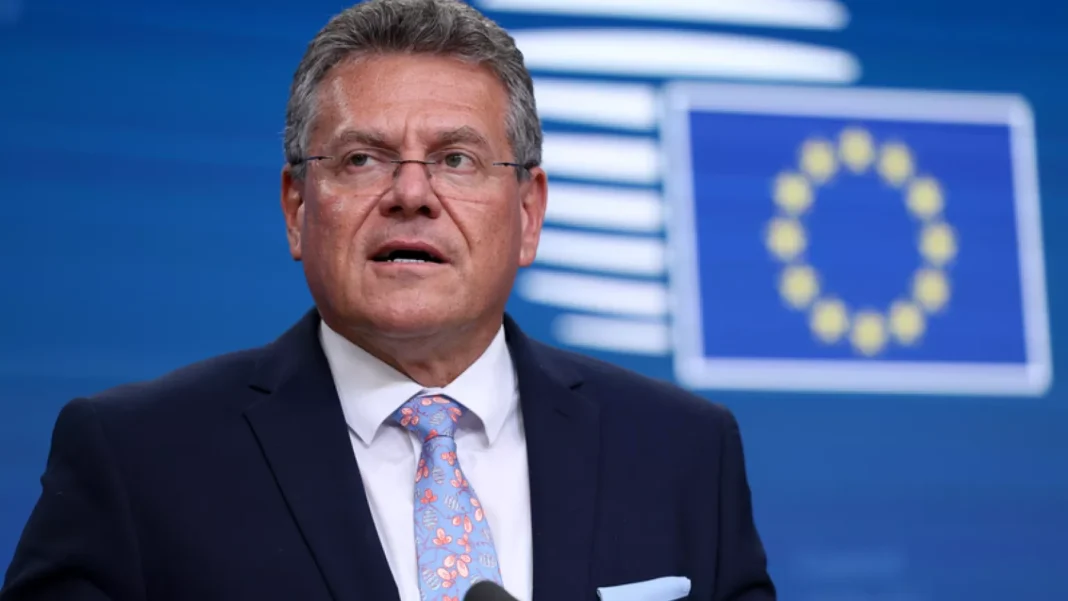The European Union is adjusting its expectations in trade negotiations with the United States, acknowledging that the complete removal of US tariffs on EU goods is unlikely. As talks accelerate, EU officials are preparing member states and industries for a potential deal that will maintain significant American trade barriers.
Speaking to Members of the European Parliament on Thursday, senior EU trade official Matthias Jørgensen delivered a sobering message:
“It’s very possible that we do not get rid of all the tariffs”
Jørgensen emphasized that the US views current tariffs as a way to “even the playing field” and hinted that the EU may need to “rebalance on our side” should the final agreement fall short of tariff elimination.
Since mid-March, the US—under the Trump administration—has imposed a series of sweeping tariffs: 25% on EU steel and aluminium, 25% on EU-made cars, and 10% on all other imports from the bloc. These duties now impact 70% of EU exports to the US.
A European diplomat told Voke Magazine that negotiations are unlikely to drive US tariffs below 10%, a threshold that already poses political challenges for EU member states. Michal Baranowski, Poland’s economic undersecretary, warned that “the Council would have a very hard time” accepting such terms.
In a bid to reach common ground, the EU has offered incentives, including enhanced access to US liquefied natural gas (LNG), AI technologies, and soybeans. It has also proposed a mutual zero-tariff arrangement on all industrial goods. However, Jørgensen was clear that EU regulatory standards and non-tariff issues are off the negotiating table, reinforcing the bloc’s commitment to
“regulatory autonomy”
Should the talks stall or fail to meet expectations, the European Commission has prepared a €95 billion retaliation package. “Letting the current unbalance persist indefinitely is not an option,” said EU Trade Commissioner Maroš Šefčovič, who has been actively engaged in diplomacy, including three visits to the US and a recent call with US Trade Secretary Howard Lutnick.
France, Italy, and Spain are lobbying to protect their wine and spirits industries by keeping Bourbon whiskey off the retaliation list—a strategy they successfully employed in earlier trade skirmishes. Meanwhile, the inclusion of Boeing in the EU’s proposed countermeasures has raised fears that US retaliation could target Airbus, deepening divisions among member states.
While France and Germany are particularly wary of damage to their aerospace industries, others—like Hungary, Ireland, and Italy—appear less concerned.
Despite weeks of stalemate, Šefčovič described the current moment as a turning point: “What is encouraging is that we are engaging actively both at expert and political levels.” A potential meeting with US Trade Representative Jamieson Greer is expected soon, possibly in Brussels or during an upcoming OECD gathering.
As trade diplomacy unfolds, the EU is walking a fine line—seeking economic de-escalation without compromising its legislative sovereignty or industrial competitiveness.


